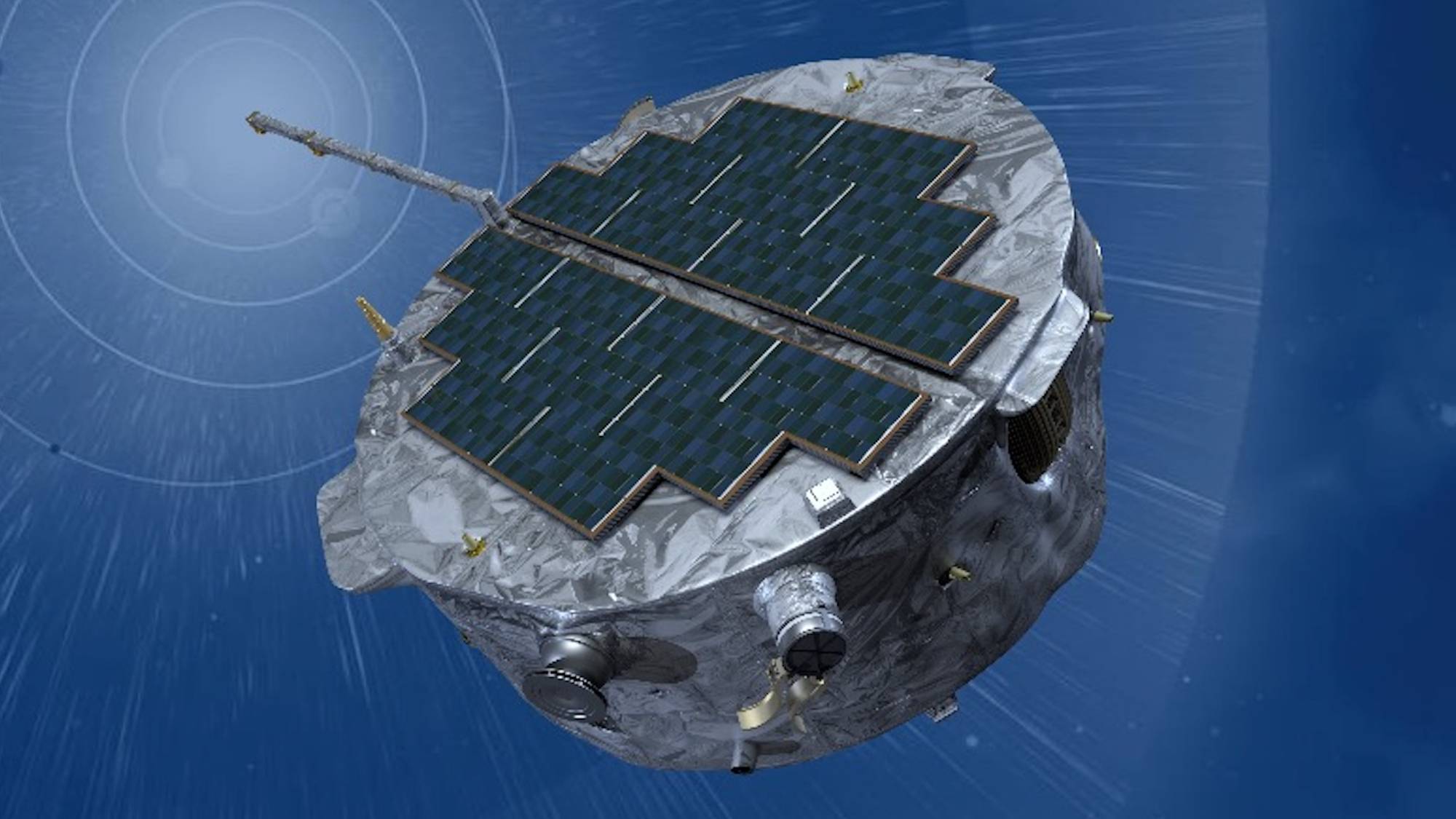NASA Prepares IMAP Probe Launch for Interstellar Dust Study
NASA is preparing to launch the Interstellar Mapping and Acceleration Probe (IMAP) to study the boundaries of the heliosphere and interstellar dust, with a targeted launch date of no earlier than September 23, 2025.

NASA is in the final stages of preparing the Interstellar Mapping and Acceleration Probe (IMAP) for launch, a mission designed to map the boundaries of the Sun’s influence and investigate the particles and interstellar dust that flow through our solar system. The IMAP spacecraft, equipped with ten advanced scientific instruments, is scheduled to lift off no earlier than September 23, 2025, aboard a SpaceX Falcon 9 rocket from Kennedy Space Center, Florida, alongside two other missions: the Carruthers Geocorona Observatory and NOAA’s Space Weather Follow-On – Lagrange 1 (SWFO-L1).
Mission Goals and Scientific Significance
IMAP’s core objective is to serve as a modern-day celestial cartographer, mapping the vast bubble of the heliosphere created by the solar wind and its interaction with interstellar space. By charting the range of energetic particles and interstellar dust, IMAP will provide critical insights into how the Sun’s activity shapes the space environment throughout the solar system and how it interacts with material from beyond our solar neighborhood. This research is vital not only for advancing our understanding of fundamental astrophysical processes but also for protecting astronauts and technology from hazardous space weather as NASA pursues deeper space exploration, including Artemis missions to the Moon.
The mission is led by principal investigator David McComas of Princeton University, with the spacecraft built and operated by the Johns Hopkins Applied Physics Laboratory. IMAP is the fifth mission in NASA’s Solar Terrestrial Probes Program, representing a decade of development and international collaboration among 27 partner institutions.
Launch and Broader Collaboration
IMAP will share its ride to space with the Carruthers Geocorona Observatory, which will image the ultraviolet glow of Earth’s exosphere to study how solar activity affects the outermost layers of our planet’s atmosphere. Also launching is NOAA’s SWFO-L1, designed to monitor solar wind disturbances and provide early warnings of coronal mass ejections that can impact Earth’s technological infrastructure.
The trio of spacecraft will journey to the Lagrange 1 point, a gravitationally stable location about a million miles from Earth toward the Sun, where they will begin their missions. Scientists and engineers are working intensively at the Astrotech facility in Titusville, Florida, to complete the final preparations and fueling of all three spacecraft. The launch marks a significant milestone for heliophysics, coming on the heels of recent high-profile solar events and missions that have renewed public and scientific interest in the Sun’s influence on the solar system.
The IMAP mission is poised to deliver a comprehensive picture of the dynamic processes that shape our cosmic environment, offering unprecedented data on the boundary region where the solar wind meets the interstellar medium. The mission’s findings are expected to have far-reaching implications for astrophysics, space weather prediction, and future deep space exploration.